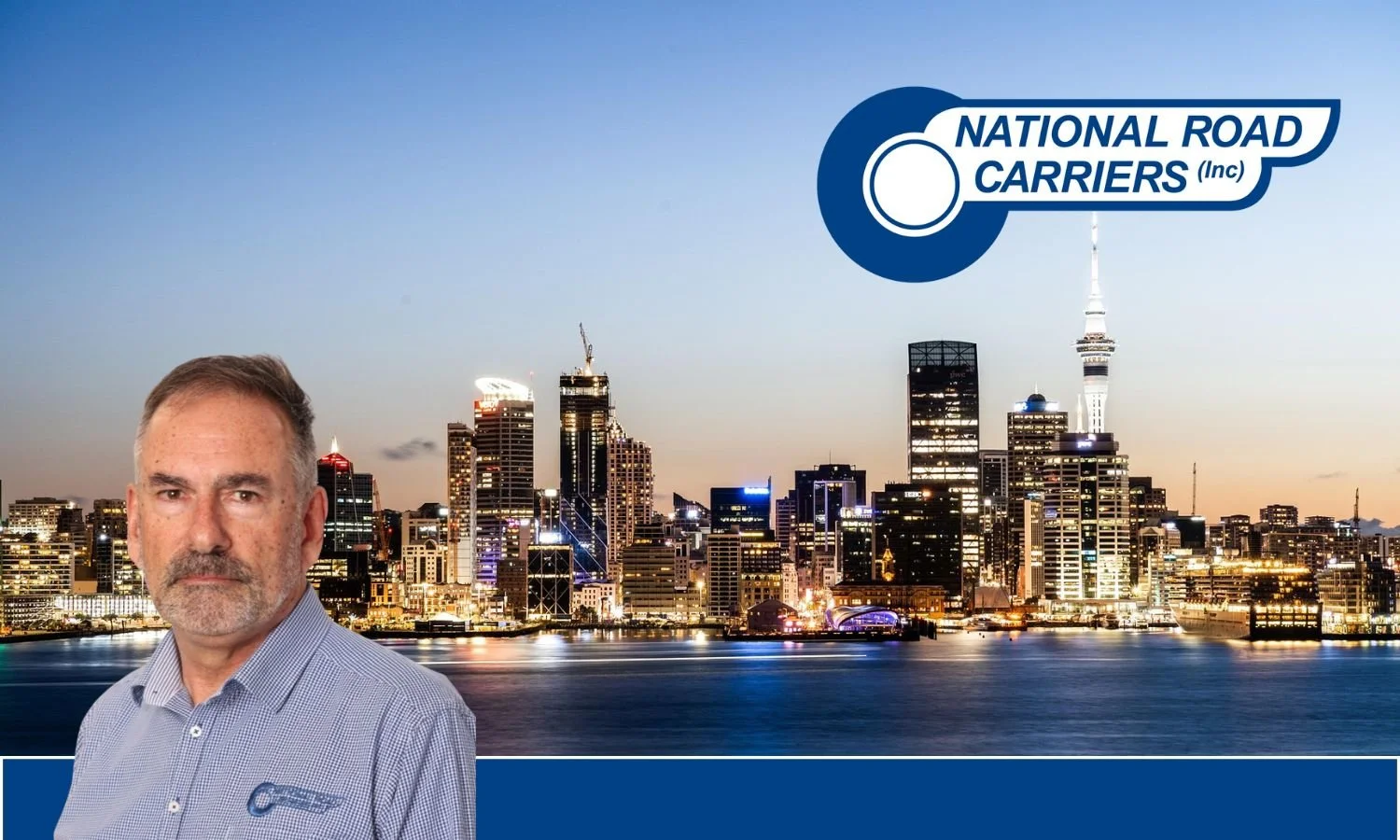Give Freight Operators the Numbers They Need - NRC
James Smith, GM Policy & Advocacy, National Road Carriers.
At the recent EROAD Fleet Day National Road Carriers (NRC) announced it has teamed up with the Energy Efficiency and Conservation Authority (EECA) to help tackle one of the biggest challenges facing the freight sector – the shift to low and zero emissions heavy vehicles through the use of NRC’s widely used and recently revamped Cost Model tool.
James Smith, GM Policy & Advocacy at NRC, said the collaboration addresses a glaring gap in national emissions planning.
“Emissions reduction targets aren’t going away, and road freight is expected to play a significant role if we’re to get there,” he said.
“The problem is, we don’t have a practical roadmap for transitioning over 168,000 heavy vehicles to low or zero emissions. Operators need answers – what are the trucks that will get us there? Will they work in New Zealand conditions? Are they affordable? How much energy will they demand nationally? What’s our current emissions baseline? We saw an obvious opportunity to partner with EECA to start developing that fact base. Good policy depends on good data.”
The NRC Cost Model has long been used by transport operators to understand their operating costs. By integrating emissions data and total cost of ownership analysis for low and zero emissions vehicles, the revamped tool will now enable operators to compare the financial performance of new technologies against conventional trucks.
“EECA recognised the value in developing the Cost Model as a practical, operator-friendly tool,” said James. “Operators need to know what to charge to recover their investment in low-emissions trucks and whether that investment will be viable in real-world conditions.”
Richard Briggs, EECA’s Group Manager - Delivery and Partnerships, says the partnership reflects EECA’s drive to ensure its initiatives are grounded in industry realities.
“We’re partnering with NRC because they’re embedded in the freight sector, representing over 1,500 member companies operating more than 16,000 trucks nationwide. NRC brings industry credibility and practical insight, ensuring that our work genuinely supports transport operators to transition. This partnership allows EECA to better engage the sector, deliver fuel cost savings, and help drive meaningful emissions reductions.”
Richard also highlighted the importance of EECA’s Low Emissions Heavy Vehicle Fund (LEHVF) in supporting the sector’s transition:
“The Low Emission Heavy Vehicle Fund helps operators overcome the initial hurdle of higher purchase costs for low- and zero-emission heavy vehicles in order to get the benefit of lower operating costs, fuel security, and lower emissions. This collaboration with NRC is part of that broader programme of support. Our focus is on ensuring the freight sector has the tools and knowledge it needs to transition successfully.”
Richard adds that EECA’s involvement ensures the new Cost Model is more than just a business tool – it’s a strategic asset to support the decarbonisation journey.
“Understanding and managing costs is fundamental to enabling operators to plan their transition. The new model offers clear data, forecasting and practical guidance – helping businesses reduce financial uncertainty, gain productivity, and maintain competitiveness as the industry evolves.”
For NRC, the partnership underscores a central priority: ensuring policy solutions work for the people who keep New Zealand moving.
“Our industry’s backbone is small owner-operators running just one to three trucks, often on razor-thin margins. If we don’t get this transition right for them, a big piece of New Zealand’s freight capacity is at risk. The new NRC Cost Model is a critical first step in helping operators make informed decisions – backed by data, not guesswork,” James concluded.

